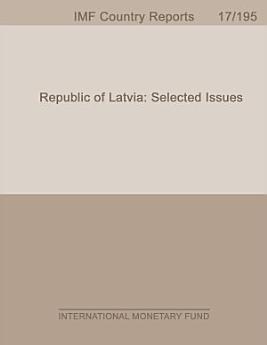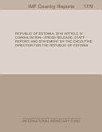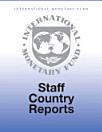Republic of Latvia: Selected Issues
International Monetary Fund. European Dept.
Jul 2017 · International Monetary Fund
Ebook
13
Pages
reportRatings and reviews aren’t verified Learn More
About this ebook
This paper discusses potential growth and its drivers for Latvia 6 years after the growth turnaround and presents projections for the medium term. As the labor force is projected to decline, implementation of policies to increase investment and support total factor productivity (TFP) growth will be essential to ensure income convergence going forward. The level of potential growth has direct consequences for Latvia’s convergence path. Latvia’s GDP per capita was about 62 percent of the EU-15 average in 2015. A better understanding of potential output is important for policy setting. For example, an estimate of the output gap enters the fiscal reaction function through the cyclical adjustment of the fiscal balance and therefore directly influences policy makers’ assessments of whether fiscal policy should respond to deviations from potential. Potential output is an elusive concept and can be defined in various ways. Potential output is generally defined according to the Okun concept as the level of output consistent with stable inflation, while short-run deviations of actual from potential output, due to the slow adjustment of wages and prices to shocks, reflect the output gap—or economic slack.
Rate this ebook
Tell us what you think.
Reading information
Smartphones and tablets
Install the Google Play Books app for Android and iPad/iPhone. It syncs automatically with your account and allows you to read online or offline wherever you are.
Laptops and computers
You can listen to audiobooks purchased on Google Play using your computer's web browser.
eReaders and other devices
To read on e-ink devices like Kobo eReaders, you'll need to download a file and transfer it to your device. Follow the detailed Help Center instructions to transfer the files to supported eReaders.








